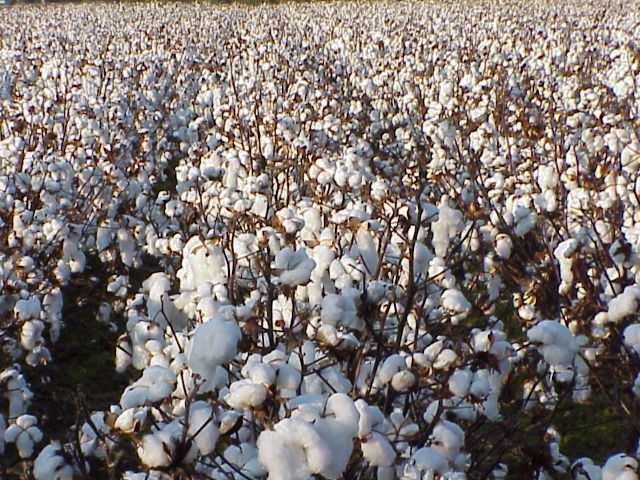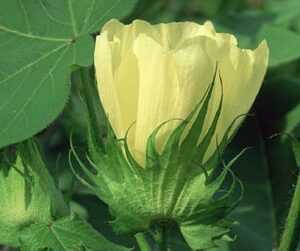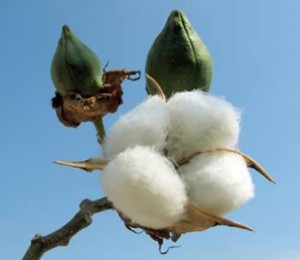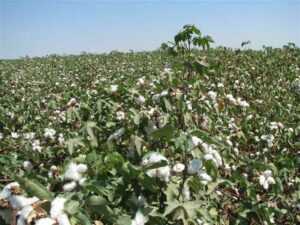Changes in deliveries during the holiday season:
Monday, October 10th: Delivery as usual. Wednesday deliveries will be moved to Tuesday, October 11th.
– During Chol HaMoed, there will be no deliveries, i.e. you will not be receiving boxes on Monday and Wednesday, the 17th and 19th of October.
For all who receive bi-weekly boxes, Chol HaMoed will create a three-week gap. Even if you weren’t scheduled to receive a box during the week of Chol Hamoed, your delivery will be postponed a week. If you wish to change delivery dates to prevent this gap, please contact me a.s.a.p.
Open Day at Chubeza: In keeping with our twice-yearly tradition, we invite you for a “pilgrimage” to Chubeza to celebrate our Open Day.
The Sukkot Open Day will take place on Tuesday, October 18th, the 20th of Tishrei (fifth day of Chol HaMoed), between 11:00-16:00. The Open Day gives us a chance to meet, tour the field, and nibble on vegetables and other delicacies. Children have their own tailor-made tours, designed for little feet and curious minds, plus activities and a vast space to run around and loosen up. (So can the adults…)
Driving instructions are on our website under “About Us.” Please make sure you check it out before heading our way.
Come one, come all! We look forward to seeing you all!
_________________________________
A Field of Cotton
A field of cotton– as if the moon had flowered.
— Matsuo Basho
Should you find yourselves out of the city, off the highways, or anywhere near open fields, even in the center of our country or off to the side of the Jerusalem-Tel Aviv road, it is quite probable you will meet white fields of cotton being picked and stuffed into huge bales that stand covered in the field. It’s been weeks now that my husband Yisrael, an ex-field hand on kibbutz, gets that nostalgic, wistful look in his eyes as he gazes upon the roadside fields in search of pickers. Two weeks ago he finally found them, called me at work and announced, “Meet us in 15 minutes by the reservoir–we’re going to watch some cotton picking!” Cotton is the agricultural rhythm of Sukkot, its customary harvest time, and is the topic of this week’s newsletter.
Cotton is one of the most ancient cultivated plants, having been grown in India, Egypt, Peru and Mexico thousands of years ago. The Greek historian, Herodotus, wrote about Indian cotton in the 5th century BC. He described “trees that bore wool, surpassing in beauty and in quality the wool of sheep; and the Indians wear clothing from these trees.” Here in this country, cotton was probably grown as early as the second century. In the Mishna, it is termed “grapevine wool” (tzemer gefen) because its leaves resemble those of grapevines, and its flowers produce cloth.
In Israel various attempts were made to grow cotton, but only after the War of Independence did the endeavor gather momentum in the Beit Shean Valley, the northern Negev, the Jezreel Valley, and later in the Hula Valley- all areas with suitably high temperatures and water supply.
Cotton is a perennial plant which belongs to the Malvaceae family (a sibling to our namesake the chubeza or mallow, as well as okra). It grows in deep soil and loves warmth, light and water. In Israel, cotton is seeded during the Passover season, and over the next months it grows to become a tall, green, beautiful plant. In the summer it blooms in yellow flowers:
The flower will turn into a “boll” or protective capsule, a dry box-like fruit containing the seeds, which are wrapped in the famous cotton fibers. As they ripen, five to six months after seeding, these bolls unwrap and the fibers open to become a sort of white cotton head.
And now it’s time to harvest. When cotton is grown conventionally, this is when the act of “stripping” takes place: the plants are dried by spraying the plants with a chemical in order to expedite and ease the harvest. With organic cotton, there is never any “stripping.” Instead the irrigation is shut off in order to dry the plants. When the plants are dry, the heavy machines start working: the mechanical cotton picker goes through the rows, and using a sophisticated “fingers” and knives system, pulls and yanks the cotton fiber from the boll, transferring it to a main container. At the end of the row, when it fills up, the machine pours the harvested goodies into an intermediate cart. Here the cotton is transferred into the “stapler,” which, true to its title, staples the many cotton balls to create a tight rectangular cotton bale.
Here is a charming little film describing the harvest of organic cotton in Kibbutz Ein Harod fields.
In past times cotton was harvested by the manual labor of crop hands and slaves, leading to such cataclysmic events as the American Civil War. In our little acre, however, early cotton-growing kibbutz production was shared by all, with everyone–women and children alike—recruited to lend their hand to the cotton harvest.
Not that long ago when we were kids (OK, maybe it was that long ago), the biggest and heaviest guys would jump up and down on the cotton mound to clasp it into a condensed bale. Today, everything is done by machines, even old and rusty models. The foreman we met harvesting Kibbutz Shalabim’s fields told us that today, with fewer cotton fields in Israel, it’s hard to impossible to find spare parts, and repairing an old-but-still-good machine requires a special order from overseas.
The great big cotton bales are hauled to the cotton gin, where the fibers are separated from the seeds. Each cotton fiber is one long cell, made of 90% cellulose. The dry fibers are spiral, which makes them very flexible. The cotton fibers are measured by their length and strength. These fibers are used to spin the threads woven to create the soft, breathing material.
The rest of the parts are also utilized almost to the very end. Cotton is a highly efficient plant, with only 10% of its raw material lost in cultivation. The fibers are used to create wool and material, and the seeds for oil and animal fodder. One of my most vivid childhood memories is of Shabbat walks to the barn in my grandparents’ kibbutz, where we would gleefully pounce on the mountain of cottonseeds, digging tunnels and holes, sliding down or just running wild. Then came the task of having to shake out the tiny seeds from our bodies and clothes, including the collar, pockets, shoes and socks, ears and nostrils.
There are many reasons to denounce cotton, criticize it, or demand that it cease to be grown here: cotton requires a great deal of water and spraying. Perhaps it doesn’t belong in our tiny, overheated country. There were times when 600,000 dunam of cotton were grown in Israel, but during the 1980’s and 90’s, the water crisis necessitated the decrease of cotton cultivation. It’s irrigation shifted to using recycled water, and new varieties were developed which demanded less water. Today in Israel, cotton is grown on some 300,000 dunam, of which 1,500 is organic cotton, specifically in the Harod Valley. Israel’s cotton crop is one of the biggest in the world, 500 kg on average per dunam, out of which 170 kg is fiber. Israeli organic cotton is known for its very high quality, and this year reached a record harvest of over 160 kg fiber per dunam.
So in honor of the beginning of the year and Sukkot, we suggest that any criticism be put aside. Instead, let us praise cotton’s advantages such as utilizing drain water, and the measures taken to improve its efficiency and quality. Let us celebrate the cotton harvest season with the agrarians of this country, and with local organic agriculture. On our Open Day during Sukkot, we have raw cotton waiting to be turned into beautiful art creations, and we invite you all to celebrate with us!
A happy holiday to us all,
Alon, Bat Ami and the Chubeza team
___________________________________
What’s in This Week’s Holiday Boxes?
Monday: Arugula, yard-long beans or okra or cowpeas (lubia), red Russian kale, pumpkin, lettuce, tomatoes, cucumbers, basil, scallions, potatoes, corn
In the large box, in addition: radishes, eggplant, beets
Wednesday: Arugula, Swiss chard or red Russian kale, tomatoes, cucumbers, pumpkin, corn, potatoes, scallions, cilantro or dill, white leaved savory, lettuce
In the large box, in addition: yard-long beans or okra or cowpeas (lubia), eggplants, carrots or beets.
And there’s more! You can add to your basket a wide, delectable range of additional products from fine small producers: granola and cookies, flour, sprouts, goat dairies, fruits, honey, crackers, probiotic foods, sesame butter and dried fruits and leathers too! You can learn more about each producer on the Chubeza website. The attached order form includes a detailed listing of the products and their cost. Fill it out, and send it back to us soon.
After the holidays, everything will begin anew. Including our recipe corner, I hope!
Chag sameach!





